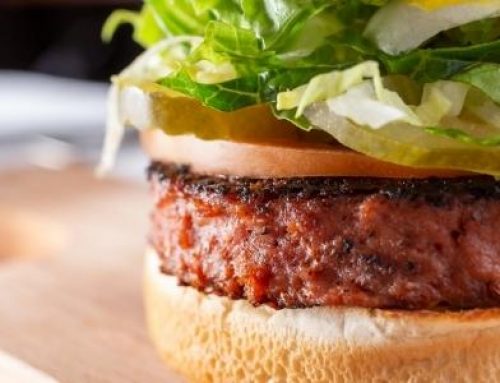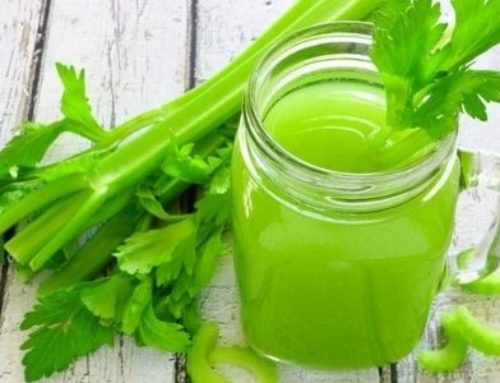Winter in Canberra is enough to make any well-worn local ask themselves: “Why do I live here?”
I ask myself that question every June. However, once I learn to dress myself appropriately for the outdoors and then remember all the lovely, hearty food I can eat, I get excited for the months ahead.
Here is my guide for eating seasonally, deliciously and healthily this winter.
Pumpkin
Cheap, sweet and very easy to use, pumpkin is a staple in my kitchen. You can roast it, blend it into a hearty soup, chargrill it on the BBQ or mash it as an alternative to potato.
Pumpkin is fantastic paired with feta, rosemary, garlic and spices like ginger and garam masala.
Nutrition: fibre, beta-carotene, vitamin C
Recipe to try: Hearty Pumpkin Soup
Brussels Sprouts
These are honestly not as bad as everyone thinks they are! I promise! Just don’t overcook them. They need to keep some of their natural sweetness and crunch. Boiling them to within an inch of their life will not make for an enjoyable vegetable experience.
Brussels Sprouts are incredible paired with bacon. They also are fantastic with garlic, almonds or pine nuts, butter, lime or lemon juice and avocado.
Nutrition: vitamin C, folate, vitamin E, beta-carotene, iron
Recipe to try: Salmon, Crispy Potatoes and Garlic Almond Vegetables
Carrots
I’ve never met anyone who doesn’t like carrots. They’re so yummy! When my kids are getting hungry and cranky while I’m cooking dinner, I often chop up a carrot for them to eat while their waiting for their meal.
Carrot is delicious roasted in olive oil and sea salt. Grate it and pair with fennel and cabbage for a healthy coleslaw or just munch away on it raw with some hummus. It’s also fantastic added into stews, slow cooker meals and pie fillings.
Nutrition: beta-carotene, vitamin C, fibre
Recipe to try: Tasty Chicken and Vegetable Pie
Beetroot
Turn up the Beet! Beetroot is a sweet root vegetable which will brighten and improve the nutritional quality of any meal. Beetroot has high levels of nitric oxide which improves circulation by helping your blood vessels relax – kind of like wine.
Nutrition: Fibre, potassium, iron, folate, potassium
Recipe to try: Beetroot, Orange and Pineapple blend
Fennel
Fennel is one of those vegetables that you may not have tried before. It has a distinctive aniseed (liquorice) flavour and is a lovely edition to stews, slow cooker meals and salads. Not sure what to do with fennel? Try the recipe below.
Fennel is fantastic paired with apple in a coleslaw, or with a slow cooked lamb casserole.
Nutrition: vitamin C, folate, beta-carotene, fibre, potassium, manganese
Recipe to try: Slow-Cooker Chorizo and Fennel
Silver beet
This is another green leafy vegetable to love that can be used in many different dishes such as salads, curries, stews and stir fries.
For simple way to cook it, gently steam it and drizzle with lemon juice as a side dish to your roast. You could also pair it with ricotta or feta to make quiches or little pastries.
Nutrition: folate, vitamin C, fibre, vitamin A
Recipe to try: Chicken and Vegetable Soup
Apples
An old saying goes, “an apple a day, keeps the doctor away”. Apples really are packed with health promoting nutrients. They are fantastic to snack on and are especially crunchy when kept in the fridge.
Pair them with cream cheese or peanut butter. They are also great stewed and added to your porridge or made into a crumble for dessert.
Nutrition: fibre, vitamin C, potassium, B vitamins
Recipe to try:
- Cut a piece of reduced fat puff pastry into 4 squares.
- Top each square of pastry with thin apple slices (as much as you like).
- Sprinkle with cinnamon and a pinch of brown sugar.
- Place in a moderate oven and bake for about 10 minutes or until the pastry is golden.
- Serve immediately with a fresh cup of tea. Mmmmmm…
Imperial Mandarins
Mandarins are truly the handiest healthy snack around. They come with their own biodegradable wrapping and fair quite well in the handbag or lunch box. Keep a bowl of them at work to snack on during the day.
Nutrition: fibre, vitamin C
Recipe to try: They are lovely dipped in dark chocolate for an after dinner treat with a cup of camomile tea.
Kiwi Fruit
Kiwi fruits are actually a ‘berry’. So feel free to treat them like one! Slice it up and add it to your breakfast cereal, serve it with yoghurt for desert or make yourself a green smoothie by blending it with milk, yoghurt and a dash of honey.
Nutrition: vitamin C, fibre, vitamin E
Recipe to try: Winter fruit salad: kiwi slices, apple cubes, mandarin wedges, pear pieces – drizzle with freshly squeezed orange juice. Serve with greek yoghurt.
Lemons
Lemons are one of my favourite foods. Not by themselves but paired with other foods. Lemons are a great way of adding heaps of flavour and excitement to a meal without adding excess kilojoules.
I add lemon to salad dressings, marinades, pasta dishes, fish, pancakes, cup cakes, icing, desserts, steamed vegetables, stir fries and so much more. You can use both the juice and the rind as a way to add zesty flavour to your meals.
Nutrition: vitamin C
Recipe to try: If you’re battling a cold or flu try making yourself a lemon honey drink. Squeeze the juice from 1 large lemon into a mug, add 2 tsp honey (or less if you’d prefer) and then top up the mug with hot water. Sip and enjoy, it really does make you feel better.
Oranges
Australian oranges are some of the best in the world and it’s really important to only buy Australian produce to support our farmers and economy. They are super yum this time of the year too.
Oranges are known for their vitamin C content. In fact, many many years ago, we gave orange juice to babies to stop them becoming vitamin C deficient when fed pasteurised cows milk (pasteurising damaged the vitamin C).
Nutrition: vitamin C, fibre, beta-carotene
Recipe to try: Snack on orange wedges in-between meals. Make sure you have some wet-wipes handy, cause they can get a little drippy! They are also great segmented and added to salads or you can use the juice and rind in marinades and dressings.
Strawberries
In Australia, the Queensland strawberry season is starting to kick in (around July) which means those of us freezing our buts down in Canberra get to enjoy one of the greatest fruits of all time!
Nutrition: vitamin C, fibre, other antioxidants
Recipe to try: Fruit Salad Chocolate Baskets Dip them in chocolate, serve with yoghurt, add to cereal or muesli, include in a fruit salad, chuck into a garden salad (check Pinterest, it’s been done).
If you’d like further help with your nutrition please click below:






